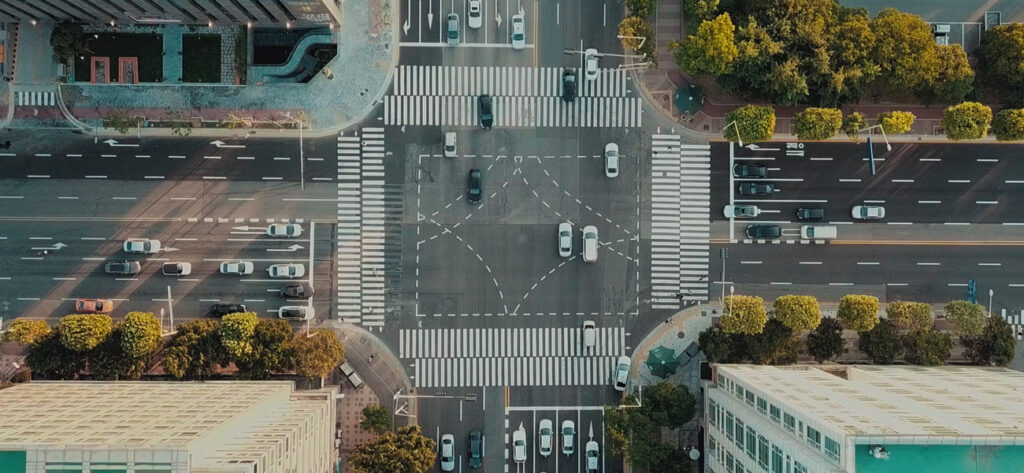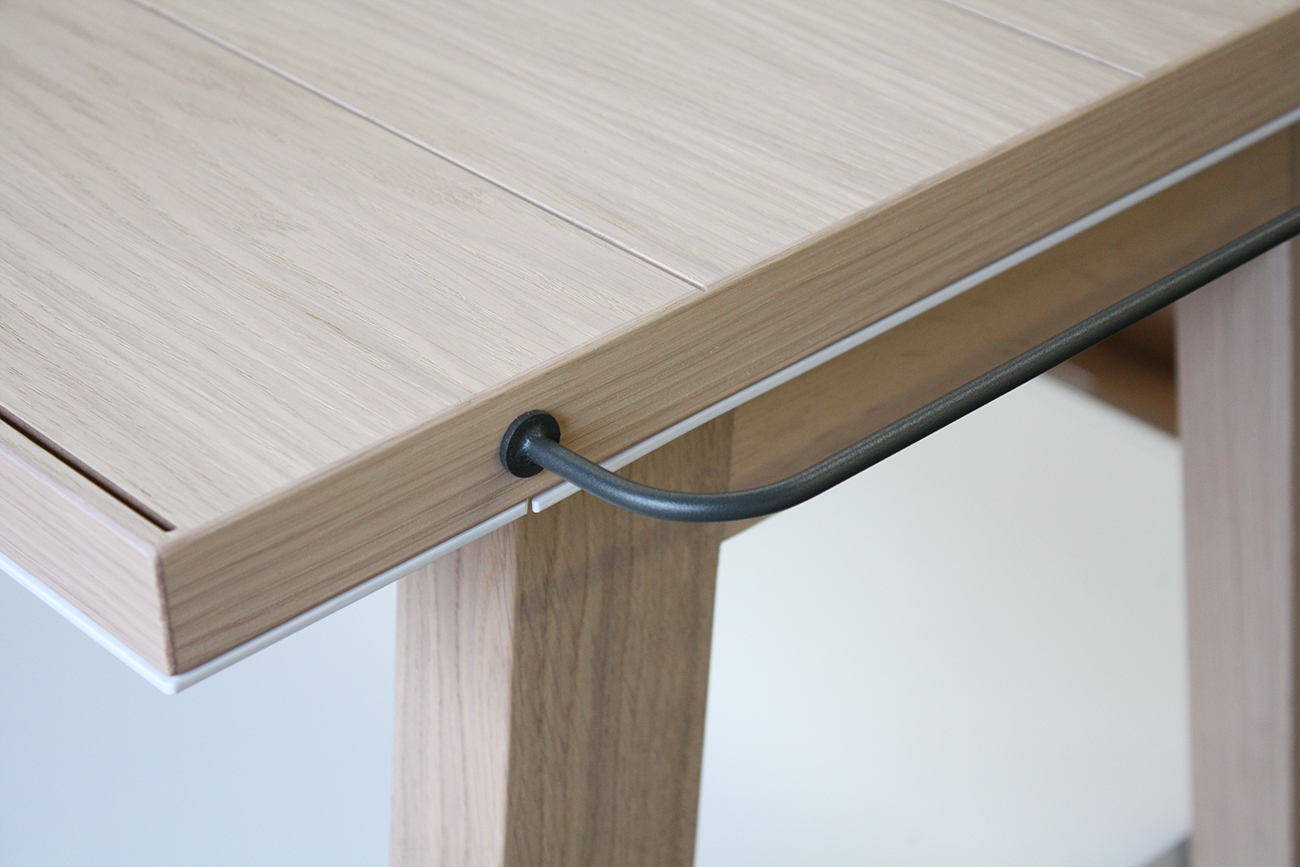sustainability
Offsetting embedded carbon in retail display design

Our last three articles have discussed the forces – commercial and ethical – pushing retailers toward measuring and reducing their carbon footprint.
The measuring aspect of the process involves working with tools such as the LIST (Low Impact Shopfitting Tool) to ascertain the embedded carbon present in retail display designs. This figure can then be added to the operational carbon footprint generated by retail operations, giving an overall figure.
Knowing the carbon footprint of a retail space is the first step toward achieving net carbon neutrality. Understanding that not all this carbon can be eliminated through the adaptation of operational and overhead activities is the next step.
The retail sector as a whole, through the British Retail Consortium, has set an ambitious target of achieving net zero carbon by 2040, and for this to be achieved, carbon offsetting is going to have to play a key role.
In this article, we define what carbon offsetting is, outline the carbon offsetting measures that Displayplan is taking in its retail display design and manufacturing operations and offer a framework for retail brands a way to offset the embedded carbon in their retail display designs by Displayplan.
What is carbon offsetting?
The role of carbon offsetting is to balance the carbon produced (for example during the operation or manufacturing of retail activities and display solutions) which is otherwise impossible to reduce to zero.
In simple terms, no matter how much work is done to use clean and sustainable energy sources, materials and methodologies in retail display design processes, reducing carbon generation to zero largely remains a practical impossibility.
Carbon offsetting involves making a net contribution to carbon capture and storage through interventions such as:
- Forestry and conservation – planting new forests to capture carbon or preserving existing forests to ensure that existing carbon is not released into the atmosphere.
- Renewable energy – investing in solar, wind and hydro power sites around the world.
- Community projects – investment in community projects such as introducing energy-efficient methods and technologies to developing communities in a manner which aids those communities and reduces the carbon they create.
- Waste to energy conversion – this involves investing in projects which capture the methane produced by waste and using it to generate electricity.

Why is carbon offsetting necessary?
Carbon offsetting is necessary because achieving net zero emission through mitigation and reduction alone via ‘normal’ means and processes is close-to-impossible.
Instead, carbon offsetting recognises the reality that greenhouse gases produced in one part of the world can effectively be counterbalanced by offset activity carried out in another part of the world.
How does carbon offsetting work?
Having made the decision to use carbon offsetting to move further toward net zero emissions, the question becomes how to approach it. In simple terms, there are two options:
- A single subscription activity such as joining a scheme which plants a number of trees per year based on the number of employees in your business.
- A multi-benefit activity such as those detailed above which, at the same time as offsetting carbon emissions, encourages positive outcomes such as clean water supply, renewable energy, health outcomes and gender equality.
The key is to find an offsetting programme which will work most efficiently to deal with the carbon footprint of your particular business.
If a business footprint, as measured in terms of operational, overhead and embedded carbon is relatively small then a simpler scheme based on tree planting may be sufficient to offset the carbon being produced.
Opting for a multi-benefit activity not only boosts the amount of carbon that can be offset, but also involves your business in activities such as promoting renewable energy and making clean water available to under-developed areas.
In turn, this can play a major role in the increasingly important task of building an organisation’s Corporate Social Responsibility (CSR) profile.
Corporate Social Responsibility as a commercial choice
There was some speculation that the economic impact of the COVID-19 pandemic might lead to a drop in consumer concern around ethical issues.
Research has indicated that this is not in fact the case. A survey by Accenture found that 60% of consumers reported “making more environmentally friendly, sustainable, or ethical purchases” since the start of the pandemic, while research group Ipsos Mori reported that 65% of people around the globe believe “prioritising climate change is important in the economic recovery after coronavirus“.
Against this backdrop, combining carbon offsetting with delivering other ethical benefits will play a key role in attracting the consumers of the 21st century.

Displayplan’s carbon offsetting approach
The range of programmes designed to help organisations offset their carbon emissions and footprint is wide and growing.
Displayplan’s strategy is to:
- Offset our own operational Tier 1 and Tier 2 GHG emissions by aligning with an established and credible carbon offsetting programme.
- Measure the embedded carbon in our retail display design solutions to enable our clients to make their own offsetting decisions, either through their own company initiatives or by working with our strategy.
To pursue this strategy, we work with Gold Standard, a global leader in the effort to achieve the Sustainable Development Goals set by the United Nations in 2012.
Why Displayplan selected Gold Standard
Following extensive research, Displayplan chose to work with Gold Standard for four main reasons:
Credibility – in our opinion, Gold Standard is a highly credible and trustworthy sustainability offsetting organisation specialist with a proven track record. It is easy for participating companies to feel reassured that the outcomes they seek are being achieved.
Rigour – each project offered as an option by Gold Standard has been subject to an extremely rigorous certification process involving the following:
- Project planning – developers must plan their project against Gold Standard safeguards. Each plan must include an estimate of the climate and sustainable impacts it will deliver.
- Preliminary review – the first drafts of the plan will be reviewed, and must include an assessment of safeguarding principles, an estimate of the impact of the development and a plan for monitoring those impacts.
- Preliminary approval – at this stage, the project can be given the green light to move forward, subject to an independent assessment carried out by an accredited validation and verification body (VVB).
- Project design review – once a project has been approved by a VVB, it is reviewed by SustainCERT. To achieve ‘Gold Standard Design Certified’ status, the project must demonstrate estimated impacts, a robust monitoring plan and stakeholder inclusive design.
- Project monitoring – the project must be monitored in line with the certified development plan.
- Third party validation – validation by an accredited VVB, as during the development phase, involves reviews of documentation and a visit to the actual development.
- Performance review – SustainCERT will review the performance of the project, confirming that it has been verified by the VVB. Official certification by Gold Standard requires confirmation of:
- The project’s adherence to safeguards
- Stakeholder inclusivity
- Proof that sustainable development impact has been achieved.
Single payment – by making a one-off payment it is possible for Displayplan to offset the operational impact of client retail display projects through the global projects which have been certified as Gold Standard status.
Alignment with our clients – many of our clients are already working with Gold Standard to offset their carbon emissions, including the emissions embedded within retail displays.
What this means for our clients
For Displayplan clients, our work with Gold Standard acts as an enabling factor in the journey toward carbon net zero. It means that the embedded carbon of a retail display project can be offset in one simple move.
The market-leading status of Gold Standard provides reassurance that Displayplan’s carbon offsetting is rigorously implemented, adding credibility to our own carbon neutral status.
It further gives our clients a route forward towards net zero carbon, because we can offset embedded carbon in their retail display solutions on their behalf if this is what they require.
Alternatively, we will provide a measure of the embedded carbon in our retail display design solutions so that our clients can take their own offsetting decisions, using Gold Standard should they wish to do so.
________________________
Displayplan is a leading provider of retail display solutions that deliver great brand experiences, grow retail engagement and increase sales. We are committed to a sustainable approach in everything we do. We won the POPAI 2016 sustainability award through the application of our lifecycle thinking in evolving and reducing embedded CO2 and design for disassembly principles in our displays.
With 35 years in the display business, we combine retail display design excellence with physical and digital in-store media for the world’s most prominent brands and retailers.
Call us to discuss your retail display requirements and request a call with one of our consultants.
